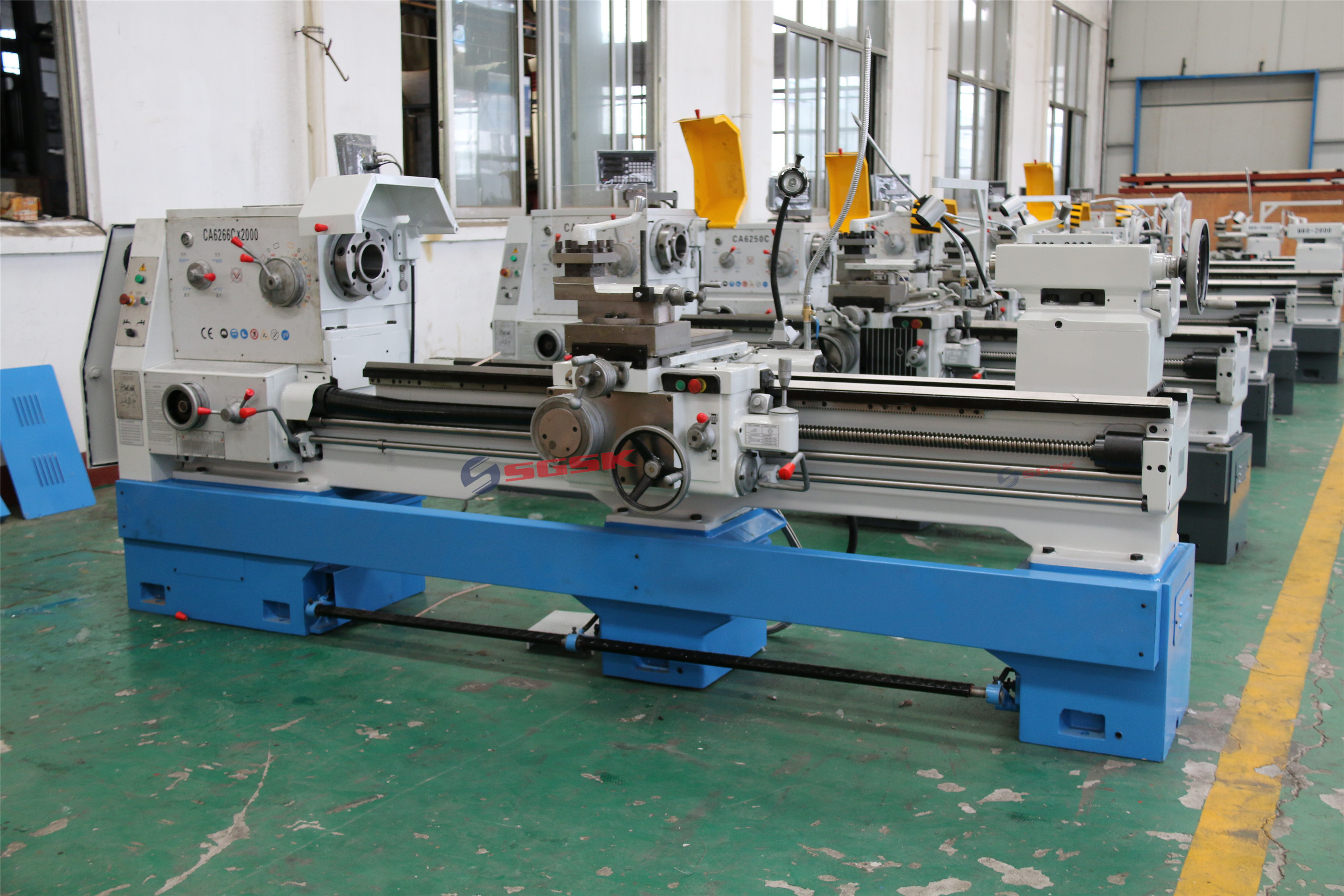Apr. 01, 2022
CNC lathe processing mainly uses turning tools to turn the rotating workpiece. Lathes are mainly used to process shafts, discs, sleeves and other workpieces with revolving surfaces,
and are the most widely used type of machine tool in machinery manufacturing and factories. Usually, we process the surface of the rotary body on the lathe, basically as shown in the following figure:
After the technical transformation of the lathe, the lathe can also be used for other (non-turning) processing, such as polygon processing, grinding, rolling and thread milling.
Many live cases have proved that taking technical measures according to local conditions not only has a small investment and good effect,
but also can make up for the problem of insufficient or unsupported equipment. It is an important way to expand the scope of lathe use. meaning.
The working principle of processing polygons To process polygonal workpieces on a lathe, it is necessary to install a set of special devices as shown in the figure.
When turning, it is installed on the middle slide plate, so that the workpiece and the tool rotate in the same direction,
and the relative movement between the tool and the workpiece is realized by using the speed ratio relationship between the tool and the workpiece with a certain number of tool heads,
so that the shape can be realized according to the formation law. Surface forming, complete the processing of square, hexagonal, equilateral triangle, trapezoid, drum, waist, flat, rhombus, irregular polygon and polygonal workpieces with taper.
For example, when a equilateral triangle is processed, the transmission ratio between the tool and the workpiece is i=3, so during the cutting process,
the trajectory of the tool tip relative to the axis of the workpiece is a closed curve that repeats periodically, and the middle part surrounded by the curve forms an approximate triangle.
If the axis of the workpiece is located outside the movement circle of the tool nose, we call it "external cutting method". The triangle presented is shown in Figure a; The triangle is shown in Figure b.
It can be seen from the presented triangular graphics that, whether using the external cutting method or the internal cutting method, the surfaces of the processed triangular workpiece are not planes,
but arc surfaces that are approximately planes. Therefore, the above-mentioned method of turning polygons can only be used. It is used in processing that does not require high surface flatness.
Tools that are widely used The above introduction is a traditional theory, but there are different forms of tools in practical applications. The principle is the same, but when the principle is introduced,
the tool does the main movement on the spindle, and the workpiece does Auxiliary movement, while in practical applications, the workpiece is doing the main movement on the spindle.
In polygon turning, polygons (three to eight sides) are cut out on the sides of an axisymmetric workpiece using a flying cutterhead.
The workpiece (main spindle) and the rotating tool (flying cutter head) work together in a synchronous coupling manner to process the force surface.
The number of surfaces cut depends on the gear ratio and the number of edges on the cutting tool. The workpiece and the tool rotate in the opposite direction.
Knives with two blades are used for cutting out quadrilateral-like shapes, knives with three blades are used for cutting out hexagon-like shapes, etc.
If different gear ratios are used or the number of cutting edges of the tool is changed, large depressions or protruding deflection arcs may appear on the workpiece surface.
Because of the above principle, the contour trajectory generated by the tool tip is exactly an ellipse, but the curve implemented on the force surface of the wrench is a section with a larger radius of curvature in the ellipse,
so it does not affect tightening and loosening such as Assembly operations.

Navigation
Tel.: +86 632 5083 879
Mob.: +86 151 6326 5369
Wechat: +86 151 6326 5369
E-mail: amy@gskequipment.com
WhatsApp: +86 151 6326 5369